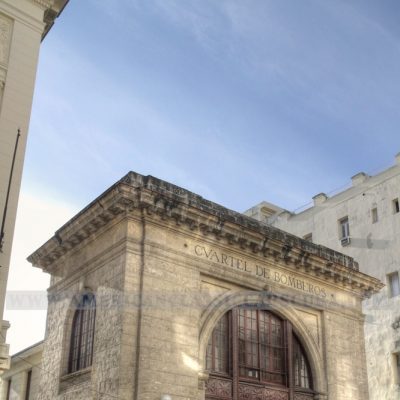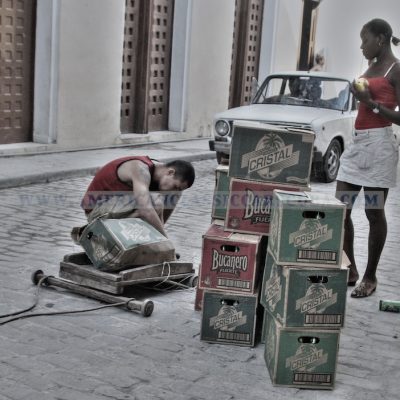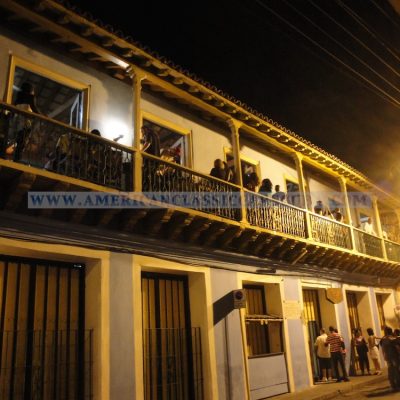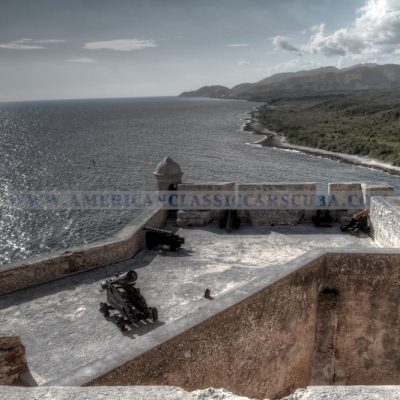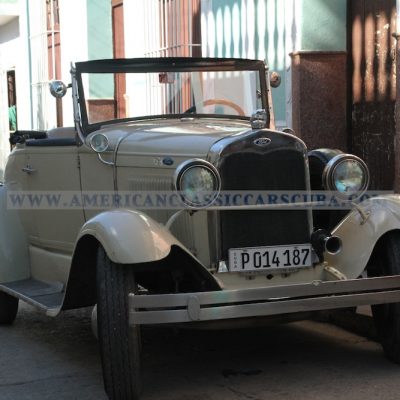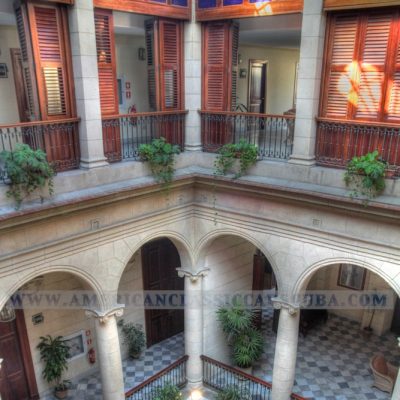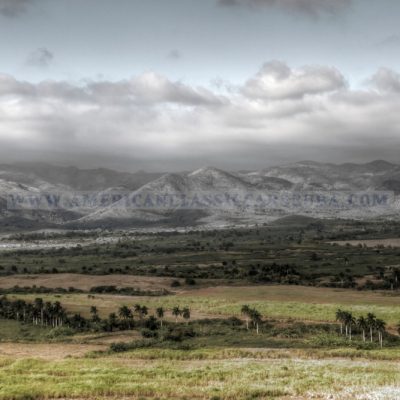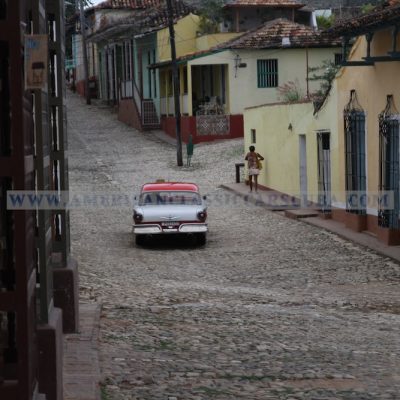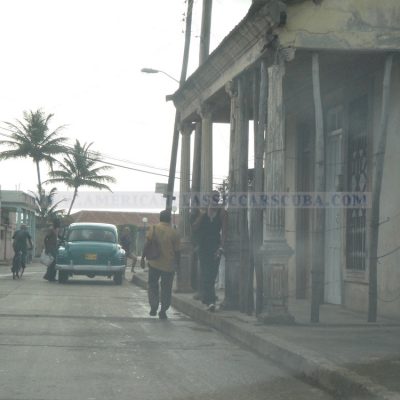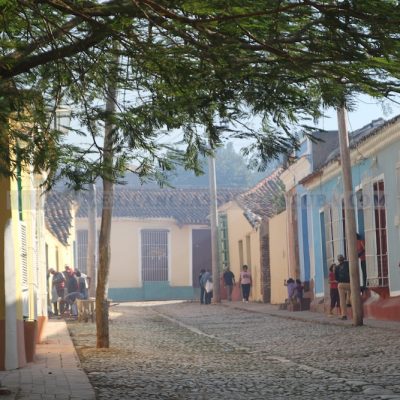Immediately after leaving the airport you’ll see loads of vintage wheels. In all excitement you may respond with a lot of “oh” and “ah”. It’s like stepping back in time. How come?
La Revolución in a nutshell
After 300 years of Spanish rule the influence of the United States in the 19th century is increasing and they try to buy Cuba from the Spanish several times. Two Independence wars further, Cuba becomes independent in 1902 but the United States have heavy political and economic influence on the island. From 1924 Cubans suffer two successive dictators: Machado and Batista. Corruption, terrorism, mass unemployment and poverty characterize this period.
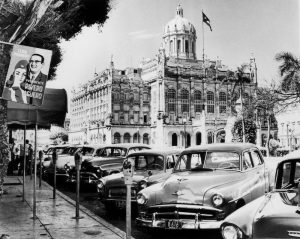
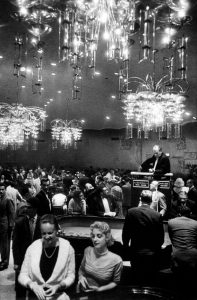 Left: September 1958, formerly president Machado’s Palace, now Museo de la Revolución.
Left: September 1958, formerly president Machado’s Palace, now Museo de la Revolución.
(Central Press/Getty Images)
Right: a casino in Havana in 1944 for the happy few.
(Francis Miller/Timelife pictures/Getty Images)
In 1956 Fidel Castro leads a guerrilla war with increasing support from farmers and government soldiers that leads to the flight of Batista to the Dominican Republic on New Year’s Eve 1958. All foreign owned companies and banks are confiscated and nationalized and many thousands of Americans leave the island in a hurry. Leaving behind their wonderful cars, often luxury models.
Suggestion: Museo de la Revolución in Havana has a very imaginative collection of stories, photos and memorabilia that provide insight into the experience of history through Cuban eyes. Complete with diorama of Ché and Fidel.
Car heritage
With perseverance and incredible creativity the Cubans manage to keep these pearls from their history on the road. Nowhere else in the world the concentration American classics is so high. The trade boycott prevents Cubans getting hold of new parts. And so these are often made by hand. Often Russian parts are made to fit and cars seemingly beyond repair are still given a second life in the owners’ favorite colour.
In his historic speech in december 2014 Obama said it was time to improve relationships between the US and Cuba. The US embargo on American exports to private business owners in Cuba would be loosened. As a consequence, taxi drivers and mechanics in Cuba should profit from this as parts from the US should become available. The problem that most Cubans face however, is that they have a serious challenge to make ends meet in daily life and carparts are extremely expensive for them.



